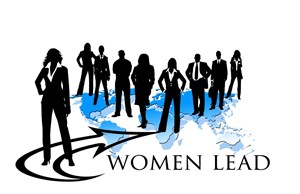PESA diversity toolkit unveiled
SAN DIEGO -- In an effort to address diversity in the oil and gas industry, the Petroleum Equipment and Services Association (PESA) has provided member companies with a toolkit to help further progress towards each organization’s diversity and inclusion goals.
The toolkit includes
- A complete package helping employers understand the study and its importance.
- A diversity index to measure where your company stands on the D&I Journey.
- Specific actionable items member companies can take to make a sustainable impact and affect change.
While gender equality is an increasing priority for PESA Member Companies, a recent PESA-led study of the oilfield services and equipment sector, the first of its kind, proved these goals could be difficult to achieve.
The study showed women comprise 16% of the service, manufacturing and supply sector of the oil and gas industry workforce.
Currently, only 8% of U.S.-based technical operational roles (e.g., manufacturing, field engineer) within the sector are filled by women, and over 80% of respondents have less than 8% of top leaders in technical operational roles as women. Alternatively, the percentage of women in U.S.-based business support roles (e.g., HR, Legal) is significantly higher at 31% and over 80% of respondents have less than 21% of women in top leadership positions in support functions.
The PESA Engagement Committee, which is focused on diversity, initially set out in 2017 to understand where our companies currently stand on gender diversity and measure progress to drive change. The committee has now set a goal to increase women within the oilfield services and equipment sector from 16% to 20% by 2020. This goal will only be met by our companies’ leaders taking an active stance.
Several sector companies have implemented strategies designed with gender equality and advancement of women into leadership positions as the objective. However, there remains an opportunity to scale such programs across the sector.
- 20% have C-level endorsed gender diversity strategies
- 34% offer 6 or more weeks of paid primary caregiver parental leave
- 31% offer learning & development initiatives targeted at inclusion & diversity
- 60% offer basic flexible work programs, such as telecommuting
- 15% offer mentorship programs and actively track female participation
Retention and advancement programming with c-suite endorsement and visibility have the potential to make substantial impacts to individual women’s experiences as well as on overall gender diversity in the industry. By working to further understand unmanaged attrition and implementing solutions in response, the service, supply, and manufacturing of the oil & gas industry can reduce the outflow of women and become an increasingly diverse place to work.



